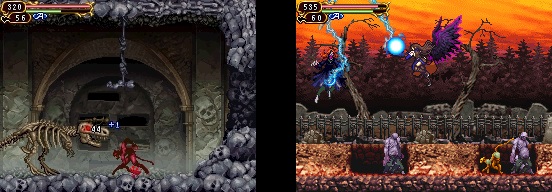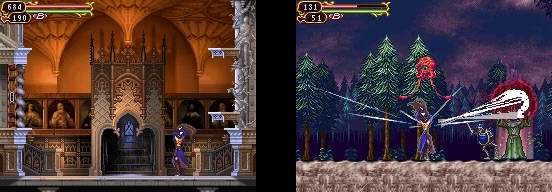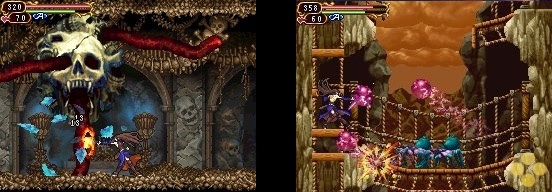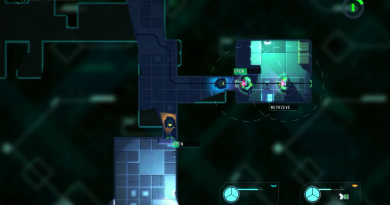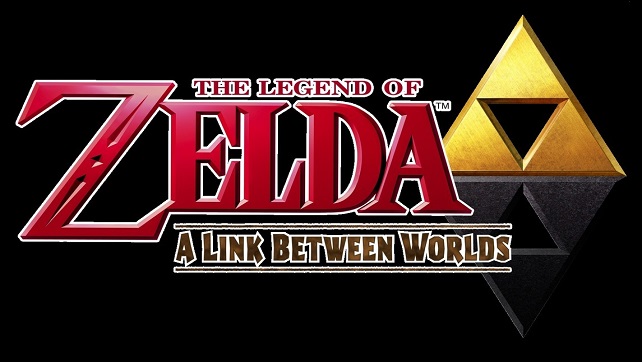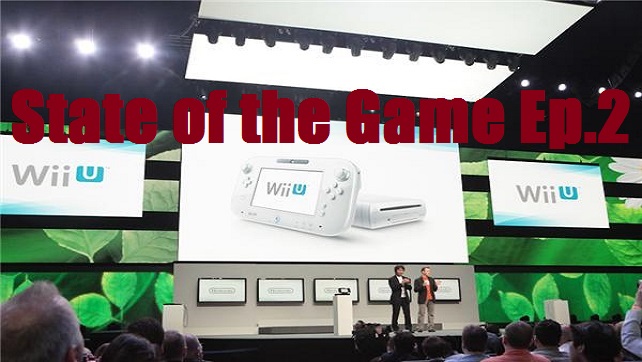(Review) Castlevania: Order of Ecclesia
Gorgeous pixel art, gorgeous main character, gorgeous game.
Order of Ecclesia is one of the last Symphony clones released before the reboot and keeps that same dramatic presentation and Gothic art style, both of which were sorely missed in the previous game, the cartoony Portrait of Ruin. The main character, Shanoa, is the first female lead in the core Castlevania series. She’s well-dressed and well-spoken, and her walk animation is just as mesmerizing as Alucard’s was when we first played Symphony. The popular soul-stealing mechanic from Aria returns and replaces the staple discoveries of ever-better physical weapons. Which is perfectly fine by me, since the soul-stealing mechanic gives me a reason to mindlessly mow down hordes, and getting claymores from ghosts never made any sense anyway. Besides, I’m also fond of magical tattoos, which in the game’s explanations of exactly how angels dance on pins, we learn are the best method to twist others’ magic to one’s own ends. And of course the sensual and luxurious motion to absorb it heightens the potency… or something.
But the detail in the animations even crosses over into a slight gameplay detail: your two attack buttons map to your two arms, and since your character stands sideways to her enemies, one arm is closer than the other. Hence if you have a melee weapon paired with a projectile, you might set the closer arm to the melee weapon for the slightly additional reach, and the far arm for an attack with a larger hitbox, with which you surround yourself for when enemies drop onto you. There’s no reason for a game designer to bother with such a minute difference other than he cared.
Unlike most earlier Castlevanias, there’s a town here. The villagers are a bit stereotypical but the voice acting is actually quite good. Like most villagers in most games, you receive side quests from them to be rewarded with additional items, sometimes which can be purchased in the store as many times as you have gold. It’s a nice addition to the series because it starts to give names and faces to those whom you ostensibly protect from Dracula, as well as bring out the personality of the main character in more normal circumstances. Some of the side quests are quite inventive, such as photographing an elusive enemy or a recording a rare sound.
The twisty little map that made Symphony famous returns with friends. There’s a kind of stage-select screen now, and each stage is one of those little maps. Most of the earlier levels do little with it, being so straightforward it feels like you’re in 1989, but the titular castle does not disappoint. And some of the earlier levels do have a room or two that you can’t reach during the first pass. So the map situation is one of being doubly non-linear. I still would prefer the earlier levels to be larger and more complex, but I’m perfectly happy with the idea of an explicit stage select if for no other reason than a lone castle cannot hold such a variety of environments.
Stat-building also returns from earlier games. I discovered that the Luck stat shrinks your hurtbox, sometimes to the point that you can crouch under the beam skeleton’s attack. I don’t know how many stat-building action games allow one to improve their hurtboxes like that, but it was a nice little find. By contrast, the magnetic movement glyph seems pasted into the game merely to make use of the analog pad.
The game’s difficulty is perfect. As long as you’re not reckless you’ll do fine and think nothing of it, but as soon as you think the game’s a pushover it’ll nail you. The boss battles in particular can be a sticking point–as they should be–but they also force you to consider elemental weaknesses and the like, and to create a custom loadouts of magical glyphs. As they should. Occasionally you’ll even need to come back later, better equipped and higher leveled. Monosyllabic giant crabs aside, boss battles are the variety of hard joy they should be.
If there was one improvement I could make to the game, I’d persist a few of the bypass glyphs. For example, there’s a spot in the game where you need the ability to walk through walls. You later get the glyph and do so, no problem. But that spot gates half the level, so you end up running through it a lot, and having to punch buttons into a subscreen every time just for a second’s worth of usage is quite annoying. There’s literally nothing else you could meaningfully do when trying to walk through that glowing wall other than use the walking-through-walls glyph, so why must I select then deselect it every time?

